Key Information: (July 6, 2022)
- Circulating Supply — 227,833,975.00 FIL
- Total Supply — 227,833,975.00 FIL
- Sector — Decentralized Storage
- Token Type — Native Token
- Token Usage — Incentivizing Miners
- Consensus Algorithm — Proof of Replication (PoRep) / Proof of Spacetime (PoST)
- Launch Date — July 15, 2014 (Mainnet launched in October 2020)
- All-Time High — $191.36
- All-Time High Date — 3/30/2021
What is Filecoin (FIL)?
Filecoin (FIL) is a peer-to-peer network that tackles an immense and often overlooked challenge, online file storage. Once you realize the sheer scale of this goal and what it directly affects, you may quickly realize this is a tremendous undertaking. In the internet’s current form, data and files are stored by several centralized services. What FIL seeks to do is create a fully decentralized, permissionless network made up of the people who use it. This will enable you to efficiently store and access your data without a direct controlling organization leering over it.
A brief history of Filecoin
Filecoin is a decade in the making. They have been through their share of twists and turns in this dynamic market and they continue to build and focus on their agenda. The project began to take shape in 2014 with the Filecoin founders realizing the potential in blockchain to revolutionize the archaic nature of online file storage.
Filecoin was created by Protocol Labs, the company behind the influential distributed file-sharing network InterPlanetary File System (IPFS). While this project has been very successful and is still in use, one drawback is that there is no financial incentive for users to participate. This was one of the main catalysts behind Protocol Labs’ decision to devise another solution.
During the initial coin offering (ICO) mania of 2017, Filecoin’s FIL tokens were distributed amongst private investors, ultimately raising a staggering $257 million for the company. However, it wasn’t until 2020 that the mainnet was released. To date, Filecoin has over 4,000 storage providers and over 1,800 new projects working together.
Understanding decentralized storage
The internet in its current form is centralized to an exceptional degree. It has become this way out of necessity as the seemingly endless amount of information needs to be housed and maintained somewhere, and that has ended up being massive cloud computing centers. This has been beneficial to some degree, but when one of these providers has an outage thousands of companies and users are affected.
Decentralized storage solutions like Filecoin propose a different approach. They mitigate the risks involved with centralized cloud storage and unlock a plethora of benefits in the process by harnessing the potential of blockchain.
Reduces risk:
By distributing this data across a wide network of computers, the risk of outages is minimized.
Increases efficiency:
Interacting with stored data is also much faster with a decentralized solution. This is because your access requests don’t have to travel to a central cloud storage provider, and can instead interact with the nearest node.
Greater security:
Backed by blockchain technology, decentralized storage solutions like Filecoin are more secure than any typical cloud service provider.
Censorship resistant:
Among the many risks of centralized storage is censorship. Every cloud computing provider is essentially a business entity and therefore susceptible to the laws of their governing country. By distributing the storage among many countries, individual nodes could theoretically be compromised, but Filecoin as a whole cannot be brought down with censorship.
Programmable:
One of the most promising factors of blockchain technology is how every associated product or service becomes programmable.
Trustless and transparent:
A trustless system is one where connected parties can interact without having to know one another, or have a third-party intermediary. Each node is also auditable, ensuring that they always have the exact information that is supposed to be stored.

Source: Blockgeeks
How does Filecoin work?
Filecoin has been compared to services like Dropbox, but it operates with a more complex and fascinating system. The Filecoin network uses a native token called FIL to keep it functioning by incentivizing miners. It can also be used as a means of payment and exchange like any other cryptocurrency.
When users want to store data on the network, they must pay the miners with FIL to ensure that their data is stored appropriately. They can choose between the different miners available based on metrics like cost, speed, and backup redundancy.
Miners in this system are the computers that store the user’s data. The size of these computers can vary greatly, as anyone can contribute. The founders of Filecoin claim that miners will be hypercompetitive, ensuring that Filecoin could be the fastest and cheapest method to store data online.
Since the FIL mainnet went live on October 12, 2020, we have witnessed tremendous growth. The period between Jan 2021 – Jan 2022 was immensely beneficial for Filecoin. By the turn of the new year, there were over 3,600 total storage providers on the network.

Source: Filecoin
FIL’s protocols and operations:
Filecoin differentiates itself from other blockchain projects. It’s very direct in its objective and functions and does not worry about the changing interests of the market. For Filecoin to be a success, it requires a specific purposeful system that works in harmony with clients to achieve the goal of distributed and decentralized online file storage. Filecoin’s architecture begins with its nodes.
Filecoin’s nodes
Filecoin’s nodes operate in both a familiar and unique way. Like the nodes of other protocols, they are individual users that maintain the functionality of the overall network by validating the messages and data contained in every block. They also continuously check and verify the ledger that designates who is storing and retrieving the files contained on the network. Every action on Filecoin begins with deals.
Deals
There are two main actions (deals) that users can perform on Filecoin, storage, and retrieval of files. Clients agree with storage providers to house their files. Once this deal has been agreed upon, the storage provider will then have to repeatedly prove that the files are being stored to ultimately collect FIL rewards.
On the opposite side of this is the retrieval deal. Clients will connect with retrieval partners to fetch the files efficiently and securely. It’s important to note that payment for this service can be completed off-chain, presumably to include a wider user base that may not regularly hold FIL but can still contribute to the overall Filecoin ecosystem.
The trustless nature of Filecoin is based on mathematical proofs. As the term implies, proofs are the process of demonstrating that a service provider is successfully storing or retrieving the data that they have agreed to. For these two services, two different protocols are used, proof of replication (PoRep), and proof of spacetime (PoST).
Proof of replication (PoRep)
When following the PoRep protocol, storage providers are demonstrating that all of the data they have taken custody of is being encoded in a way that is not only secure but also unique to this storage provider. This ensures that there is never an instance of another storage deal overwriting these files. The storage proof continues from the first moment the provider agrees to take the files, to after the “sealing” operation is completed.
Proof of spacetime (PoSt)
From the point that the data is sealed, it must be periodically audited to demonstrate that the files are still available and being housed appropriately. For these reasons, another protocol called proof of spacetime (PoSt) is used. With this system, storage providers must prove that randomly selected components of the overall data package are still accessible.
All Filecoin clients and service providers continuously prove that each block of data is still valid. This provides the security and transparency that this trustless system requires, and storage providers that do not maintain their agreements are penalized.
FIL competitors:
Filecoin is certainly an illustrious project, but they are not the only distributed storage solution in this industry. Every great idea will have imitators and competitors, and this plays into the challenges the company may ultimately face over the years. Here is a brief list of Filecoin’s main competitors.
Storj (STORJ)
Storj was first introduced to the world in 2014 with a published white paper. The platform was finally released in late 2018. It operates in a similar way to FIL. Anyone with hard drive space and a good internet connection can participate in this thriving network. The token of Storj is STORJ and it is used to pay storage providers.
Siacoin (SC)
Siacoin operates in much the same way as Storj with SC being the token that is used. Also, Siacoin implements smart contracts to verify and enforce storage contracts on their network.
Centralized storage providers
The biggest competitor of all will likely continue to be massive centralized storage providers like Amazon Web Services, Google Cloud, and Microsoft Azure. They not only have the experience but the technology and backing of giant corporations that can influence political decisions and policies. This sector is projected to reach $222.25 billion by 2027 and it is unlikely that these companies would let their market share collapse without a fight.
FIL updates
Filecoin has proven through its consistency and persistence that they are determined to be a long-term figure in the blockchain industry. They continuously provide updates about their plans and partnerships.

Source: Filecoin
Here are some promising recent updates that are worth mentioning:
- Brave Browser announces wallet support for FIL.
- The FIL network is growing with over 4,000+ storage providers and 300+ organizations building with them.
- Protocol Labs attended NFT.NYC with live panels and talks
- Planning is underway to structure FIL with the Metaverse
- Upcoming Hackathons and summits
- Protocol Lab’s programming language Lurk was released to the public
Disclaimer: Information provided by CEX.IO is not intended to be, nor should it be construed as financial, tax or legal advice. The risk of loss in trading or holding digital assets can be substantial. You should carefully consider whether interacting with, holding, or trading digital assets is suitable for you in light of the risk involved and your financial condition. You should take into consideration your level of experience and seek independent advice if necessary regarding your specific circumstances. CEX.IO is not engaged in the offer, sale, or trading of securities. Please refer to the Terms of Use for more details.

You can get bonuses upto $100 FREE BONUS when you:
💰 Install these recommended apps:
💲 SocialGood - 100% Crypto Back on Everyday Shopping
💲 xPortal - The DeFi For The Next Billion
💲 CryptoTab Browser - Lightweight, fast, and ready to mine!
💰 Register on these recommended exchanges:
🟡 Binance🟡 Bitfinex🟡 Bitmart🟡 Bittrex🟡 Bitget
🟡 CoinEx🟡 Crypto.com🟡 Gate.io🟡 Huobi🟡 Kucoin.
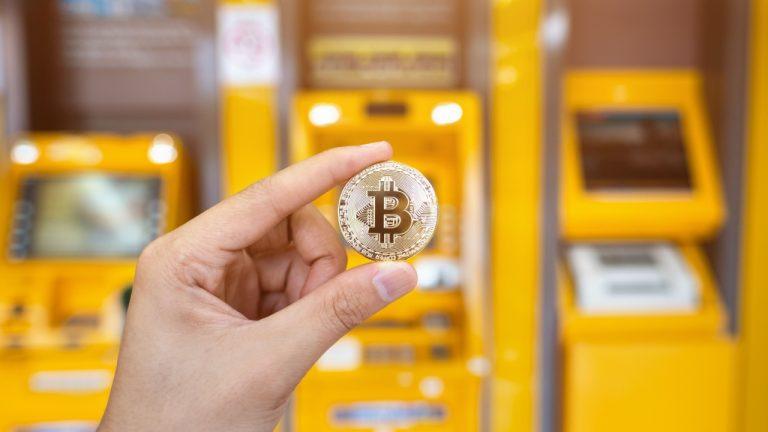
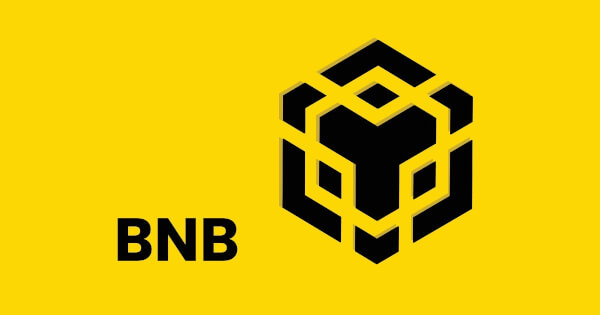



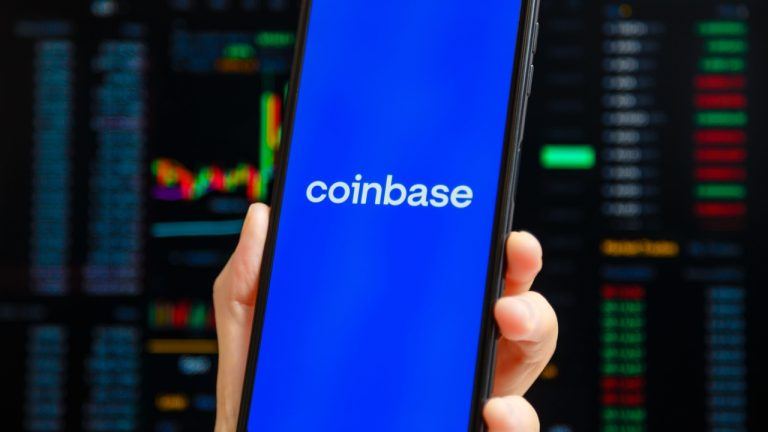


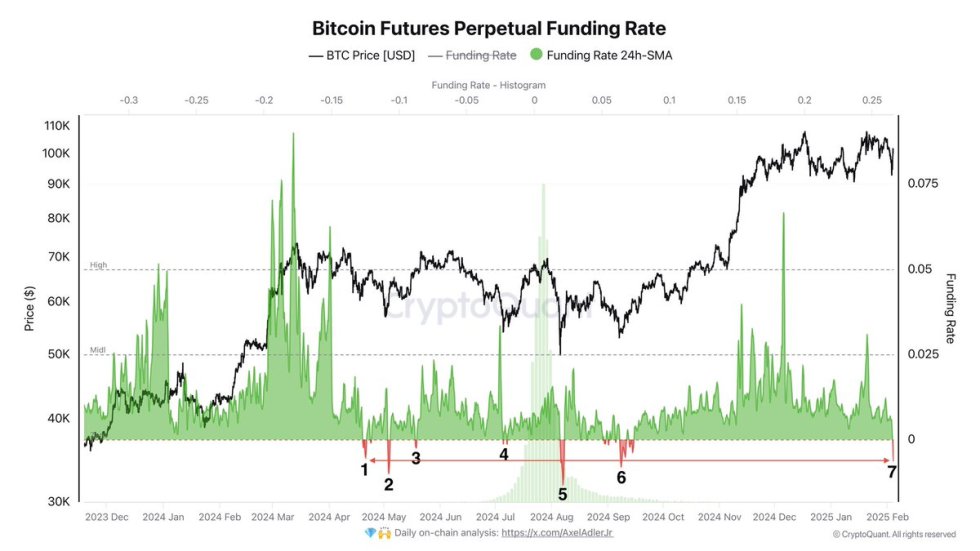





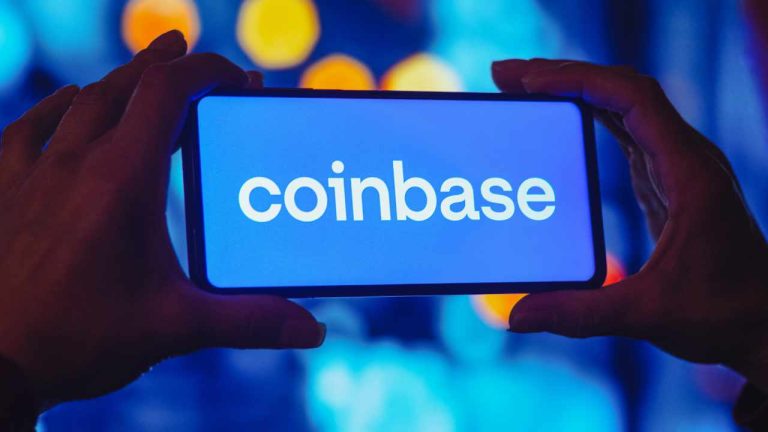


Comments